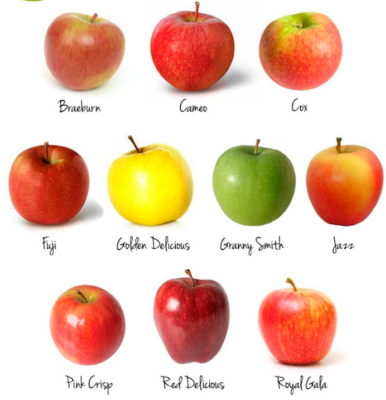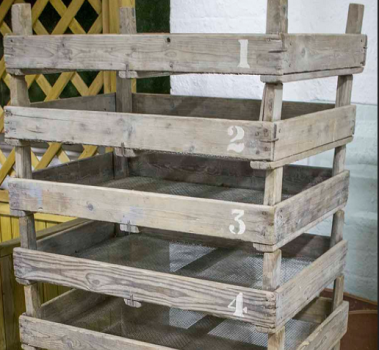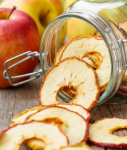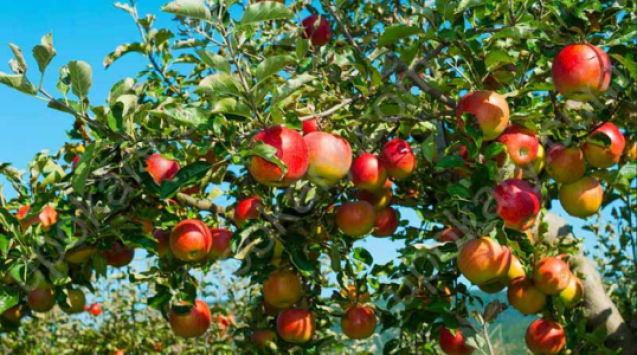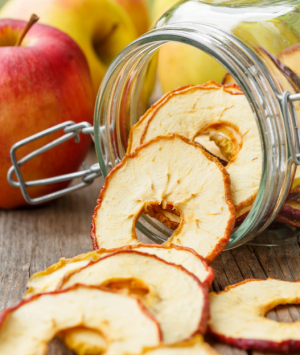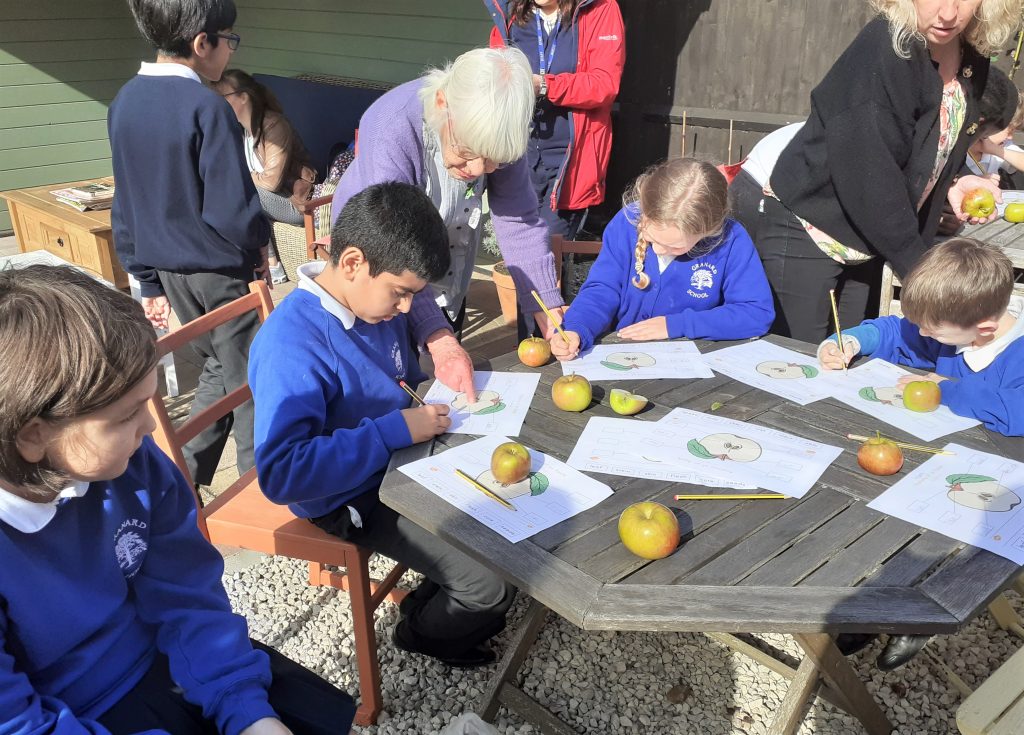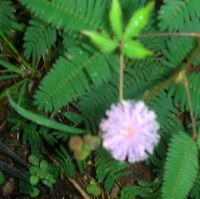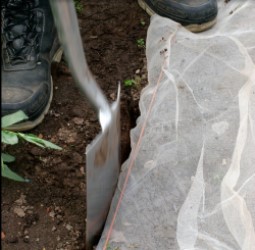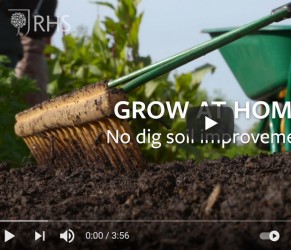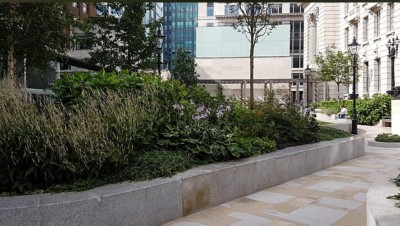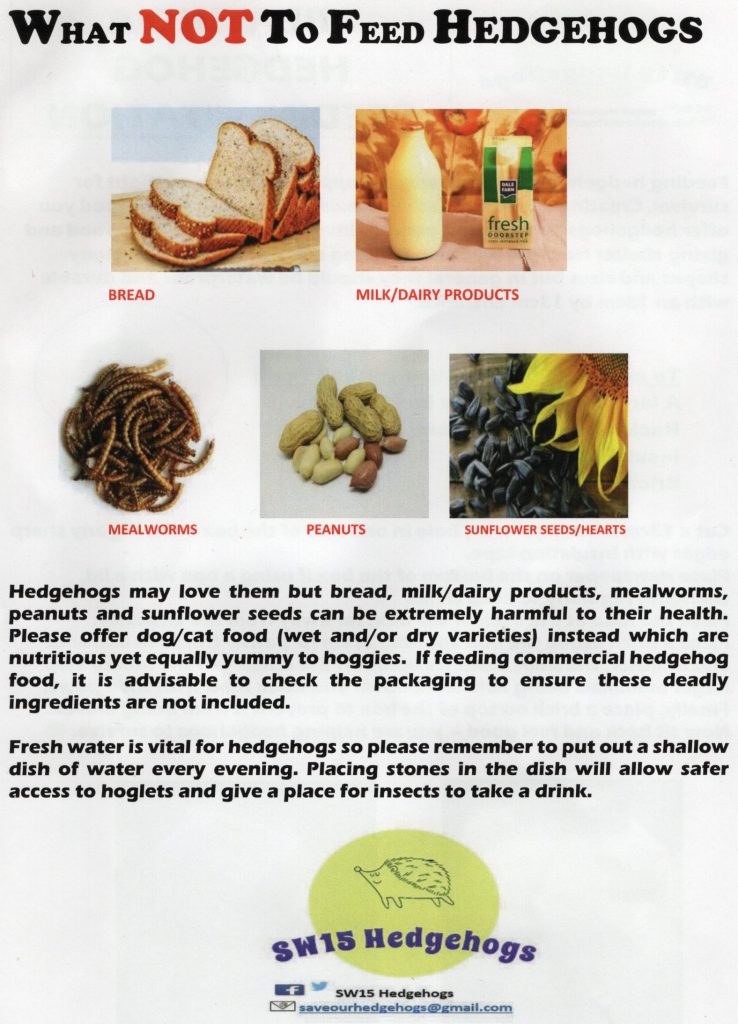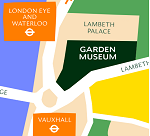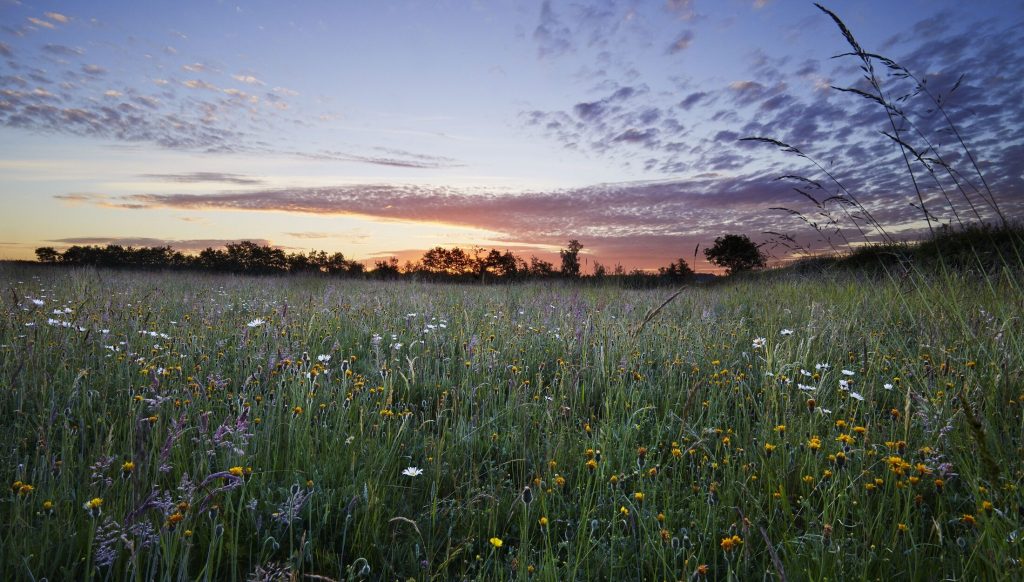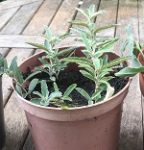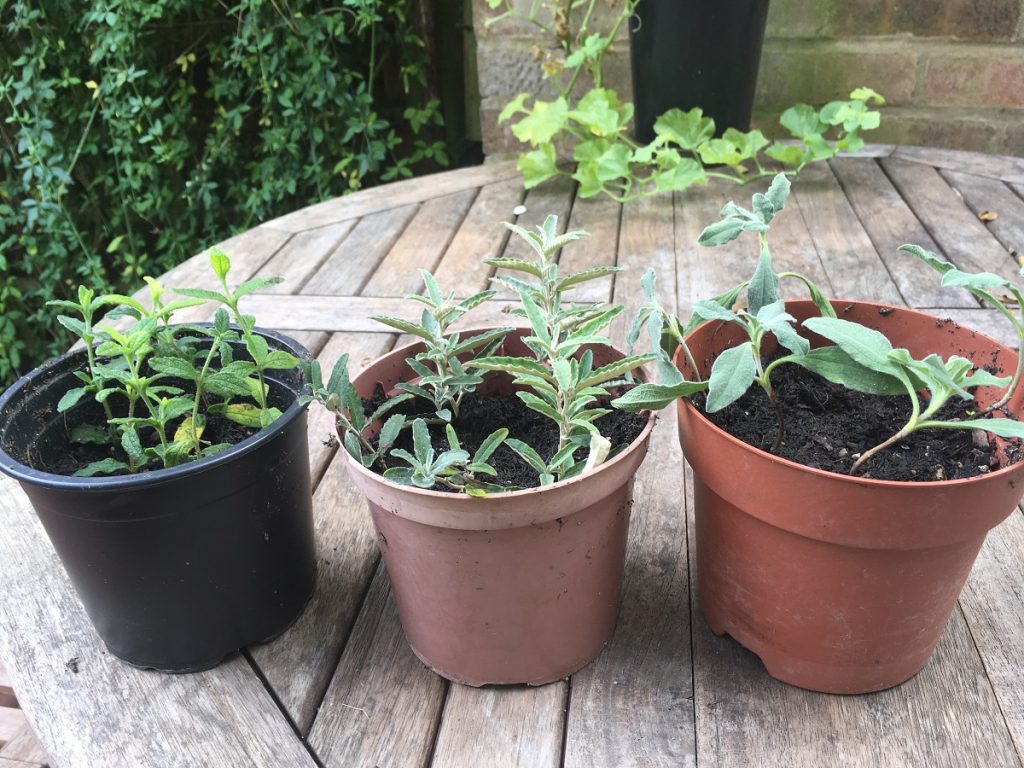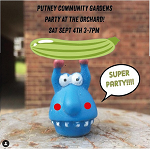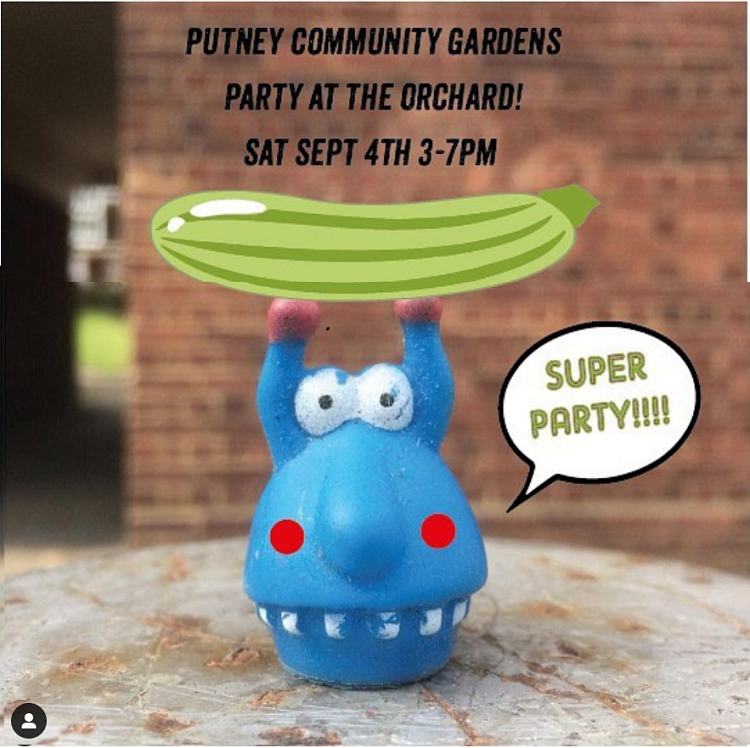Monday 8th to Saturday 13th November.
Find information and events all over Wandsworth and online.
See the whole program here

A festival week of events and courses to help us focus on what we each can do about climate change.

Some events to do with energy consumption – others focused on re-cycling or up-cycling, or just consuming less. Biodiversity walks, events for children and families, energy advice, and information for all culminating in the main event at Battersea Arts Centre on Saturday 13th November. This is a free but ticketed event – book using this link
Don’t miss The Climate Change Information Stall at Putney Library on Thursday 11th November from 9.30 – 12.30
- Electric vehicle webinar
- Home composting event
- Refill Wandsworth
- Stepping out of the family car – webinar
- Upcycling workshop – Roehampton
- Biodiversity walk and talk – Battersea power station
- Impact of air pollution – action plan
- River Wandle Walk
- Toy swap – Roehampton


